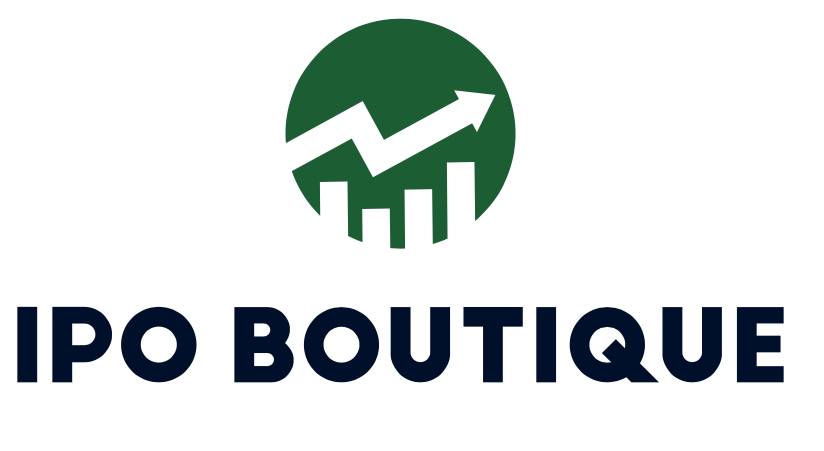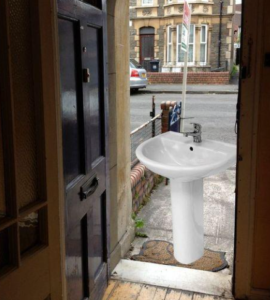The post-Labor Day IPO market started with a bang.
But that bang turned out to only be a thud.
Three high profile companies performed the window-dressing needed to launch an IPO in early September — Arm Holdings, Instacart and Klaviyo. All three, according to our sources, were massively oversubscribed. Investors piled into the IPO order book and were clamoring for shares following a highly publicized new issues market drought.
The opening trade “pop” brought strong returns of 10%, 40% and 22.5% for ARM, CART and KVYO, respectively. However, those gains as of the close on September 20 were pared to just 3.8%, 0.3% and 9.2% very, very quickly. Why is this important? It’s because a healthy IPO market provides stable trading in the days following an IPO. Think price attractively and trade beautifully.
Sitting here in the post-mortem pit — that did not happen.
The most egregious of the September trio, Instacart, opened for trade at $42.00 and broke its issue price on its second day as a public company.
As Elon Musk infamously said, “Let that sink in”.
We have seen the headlines gushing about the opening gains and tabbing the whole process a “success”…but the aftermarket activity indicates otherwise. So, what happened?
Let’s begin with the terms being adjusted prior to pricing these IPOs. Arm Holdings priced at the high end of the range and did resist a price range increase…but the same could not be said about Instacart or Klaviyo. After an “IPO freeze”… the underwriters believed that the demand determined a range bump of two bucks and a follow-through pricing of either high-end or $1 above the upwardly-revised range. It is fair to have a “balance” between the company and investors as to not have the sellers of the shares (company) feel like they are “leaving money on the table”. But, in this case, was it truly warranted?
The reality is that if you are the first to test the IPO market after a hiatus, a significant discount is needed to create an impression that you are practically “giving away the shares”.
Make it such an appealing pricing that the deal is forced to have staying power.
The next failure came at the order book level prior to pricing these IPOs. All three of the “high profile” IPOs were massively oversubscribed with the underwriters having given the luxury to practically “handpick” the investors they wanted in the book. Would there still be some flippers? Of course. But the banks massively failed in getting an order book of buyers that really believed in the company and would support a buy level and add to their IPO allocation positions. Despite the bankers supposedly zeroing out buyers from specific allocations, hedge-fund flippers are always prevalent on every deal. In this case, they were hiding in the shadows scooping up allocations for short term returns.
LINK TO THE IPO SUMMARY FOR THE WEEK OF 09/18/23- 09/22/23
For crying out loud…look at the volume on the Instacart IPO. The float was traded nearly two-times over. Beyond this, we have heard rumors circulating that some of the “cornerstone investors” in CART were allowed to sell right away and did just that.
Finally, let’s look at the opening print and stabilization of the IPOs from a general perspective. Instacart and Klaviyo were “walked up” to opening prints that were much more eye-popping but left a massive miscalculation. A 40% return at first trade for Instacart would create the impression that so many investors want a piece of this at the higher price. It is clear in hindsight that the deal did not have the iron-clad buyers that the market-makers believed they were getting.
The short-sighted nature of investors “could” also be a byproduct of the timing versus macro-headwinds. With the Federal Reserve making headlines Wednesday, auto worker union strikes in full-tilt, student loan debt coming online and a potential government shutdown all being relevant issues over the next 30-days…maybe those risks were enough in itself to press the sell button on “risk-on investments” despite the lip service to the contrary in order to obtain those shares at the issue price.
There’s a couple ways to think about this. One, the failure of these three IPOs in the aftermarket could potentially be warning flags for some companies attempting to go public. But, on the contrary, it could also be part of the process of truly opening the IPO window. The first move is not always the right move. The sellers of these stocks could be trading in short term gains to those buyers who see a long term future with a now more attractively priced company.
We will find out pretty quickly how the IPO market will respond as Birkenstock’s IPO could potentially set terms and launch its IPO as soon as next week.

